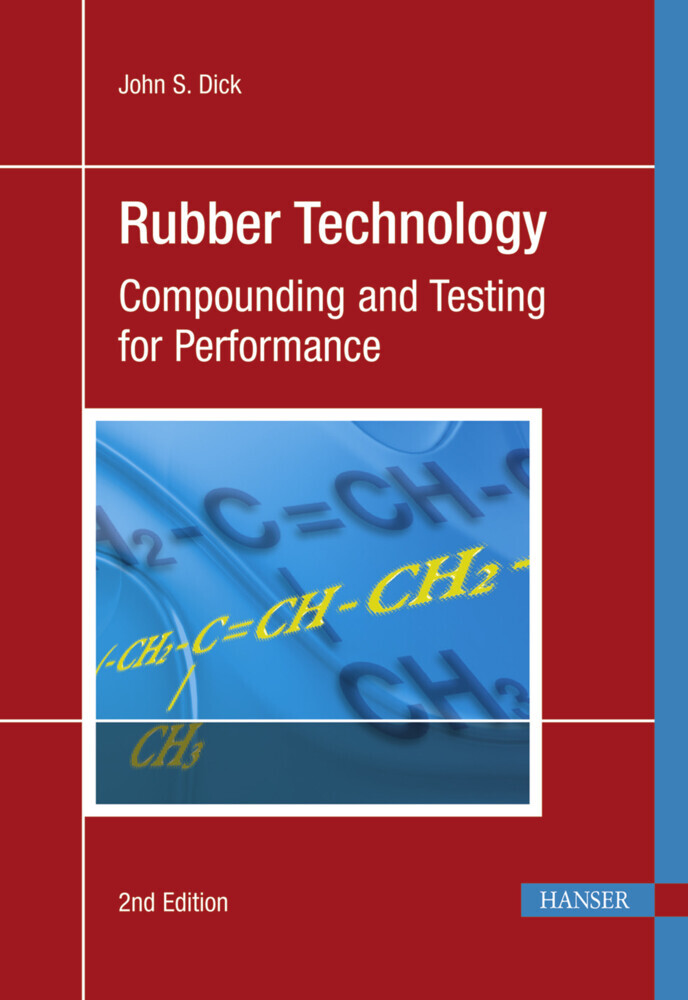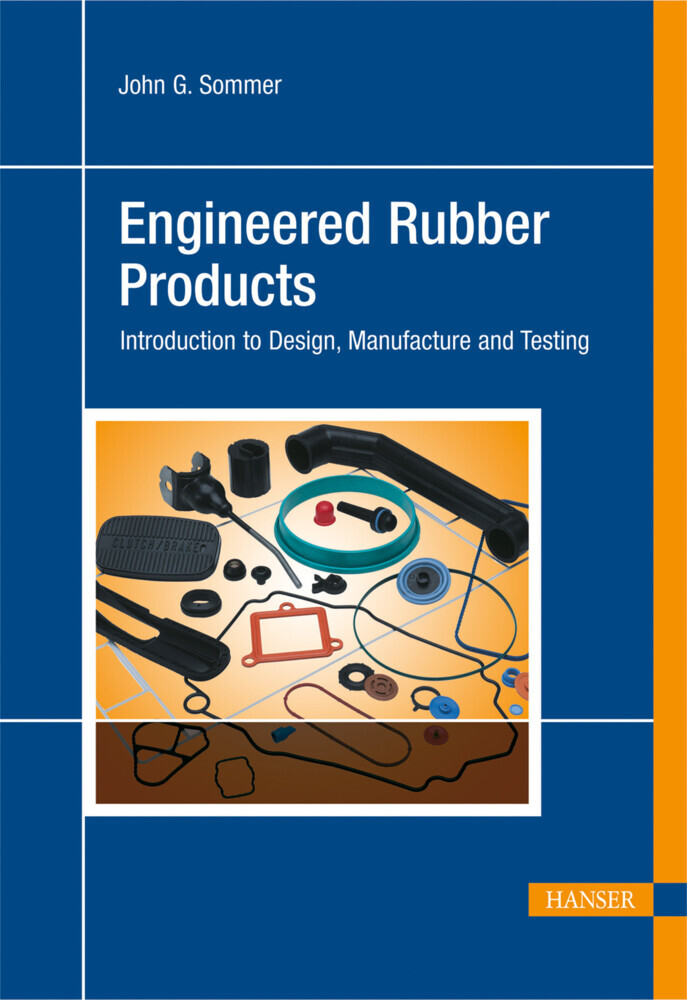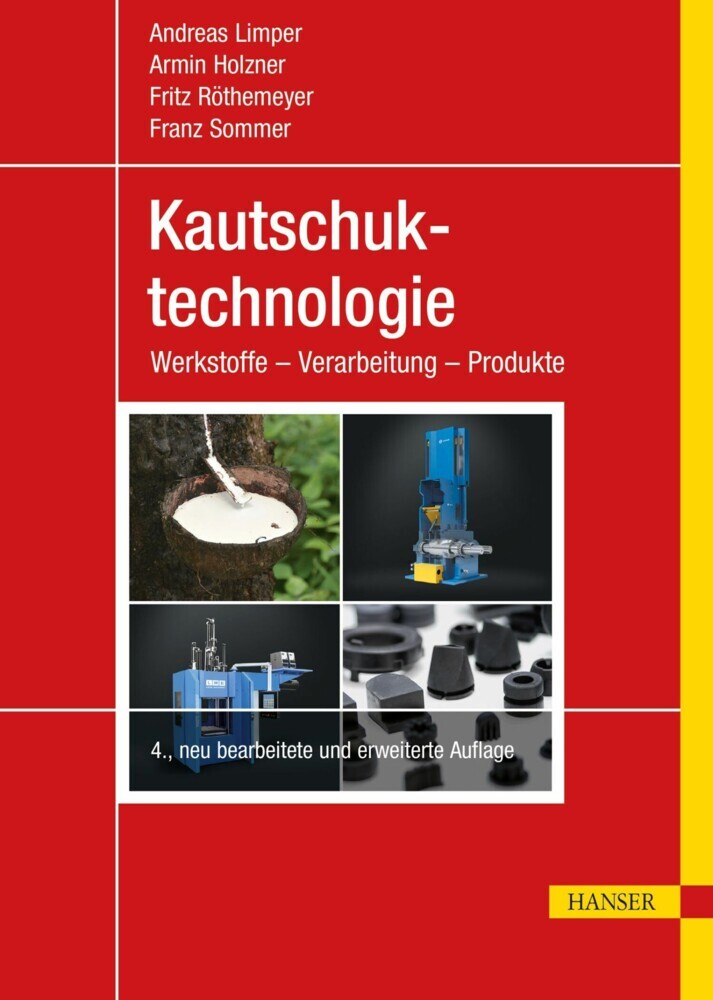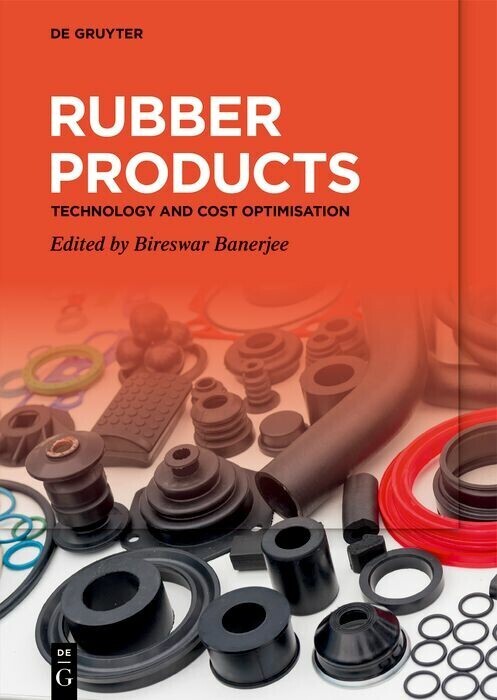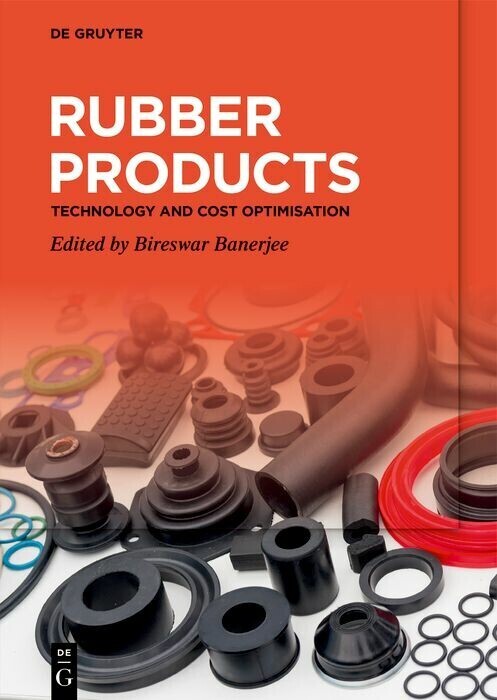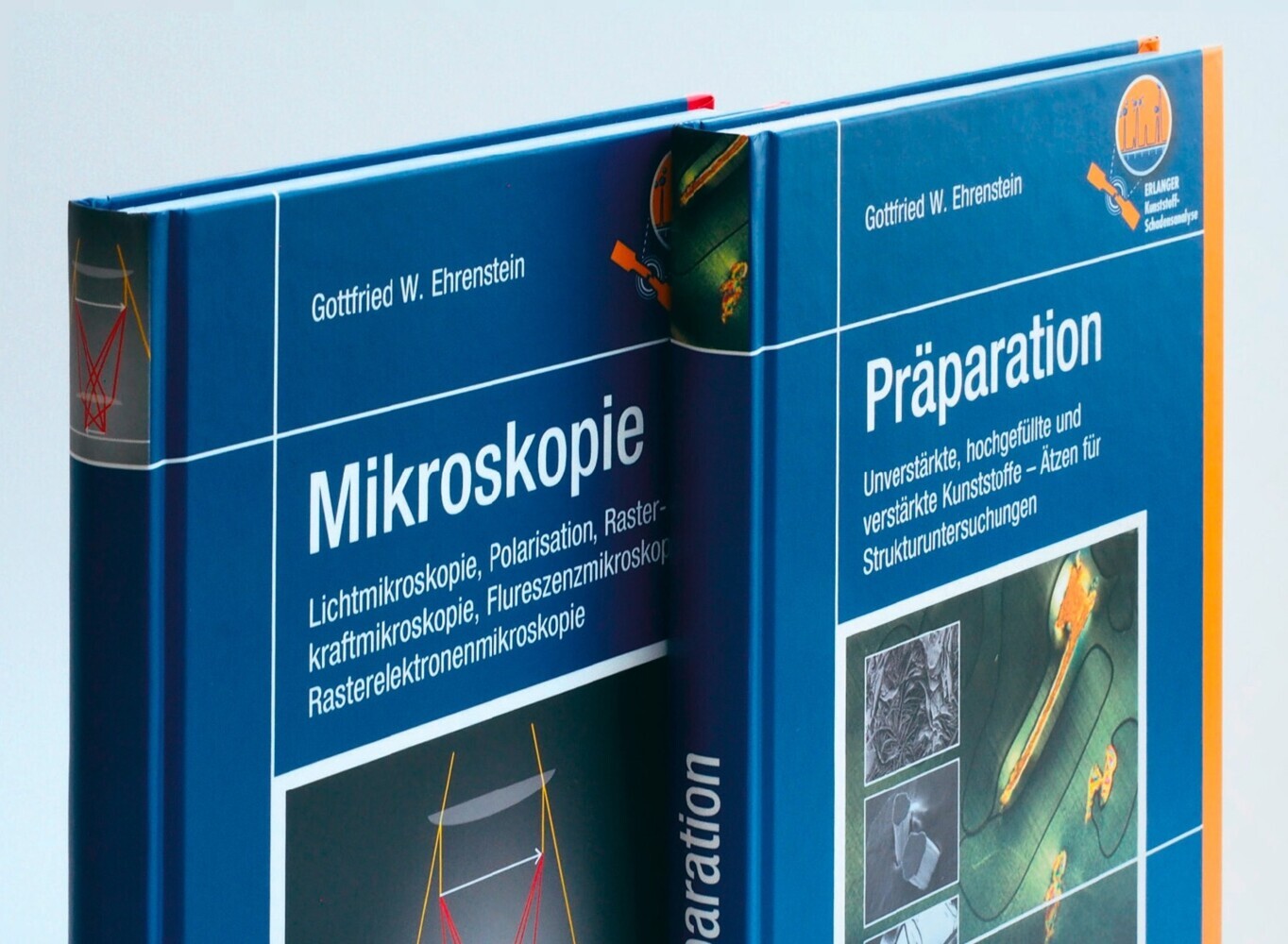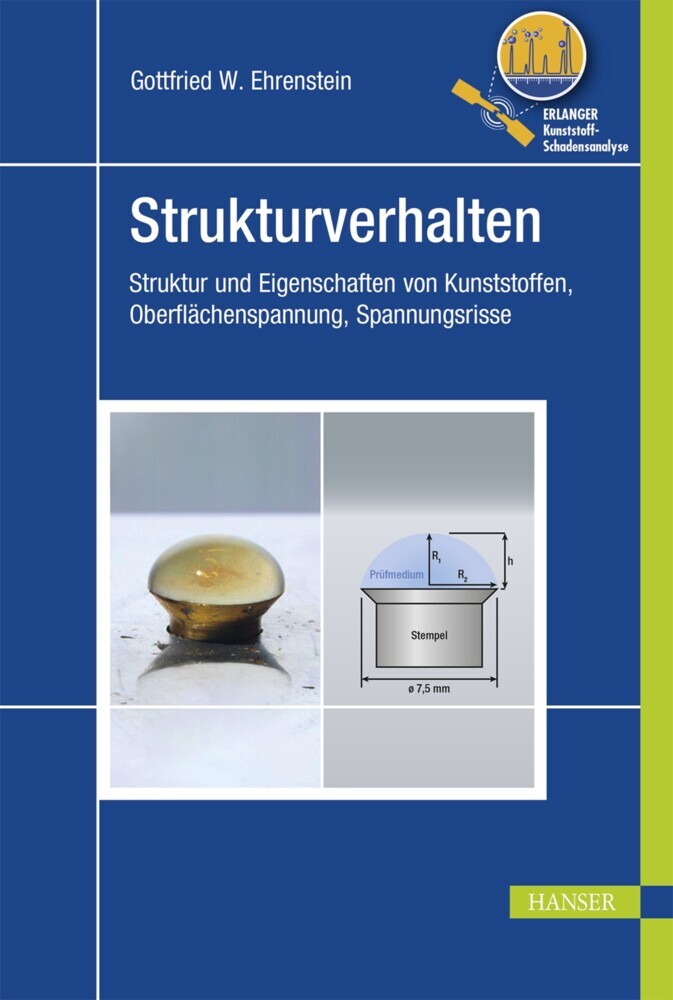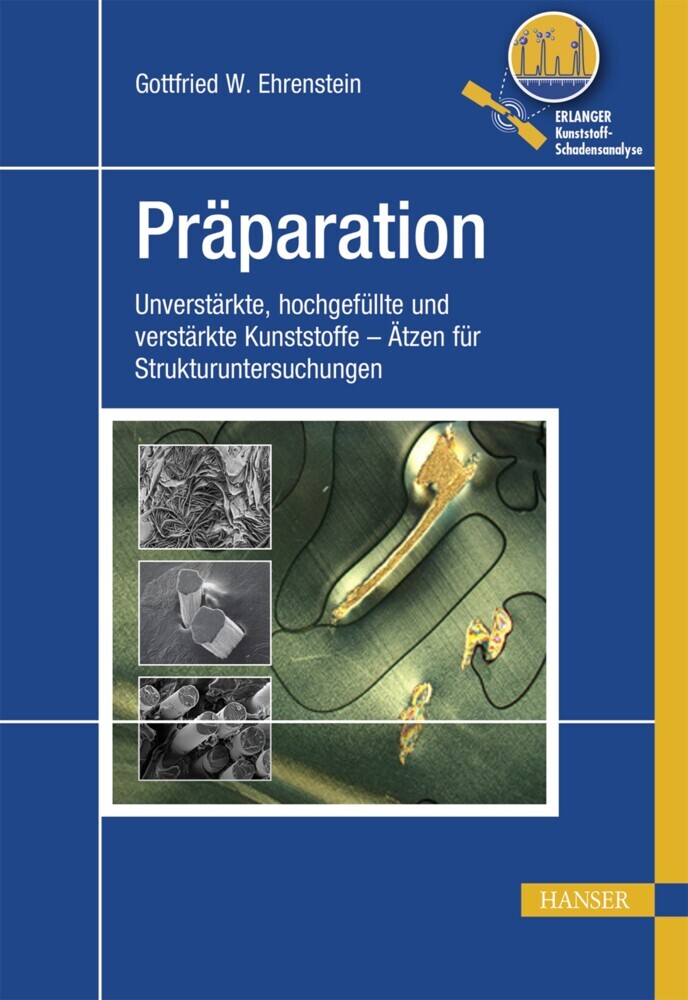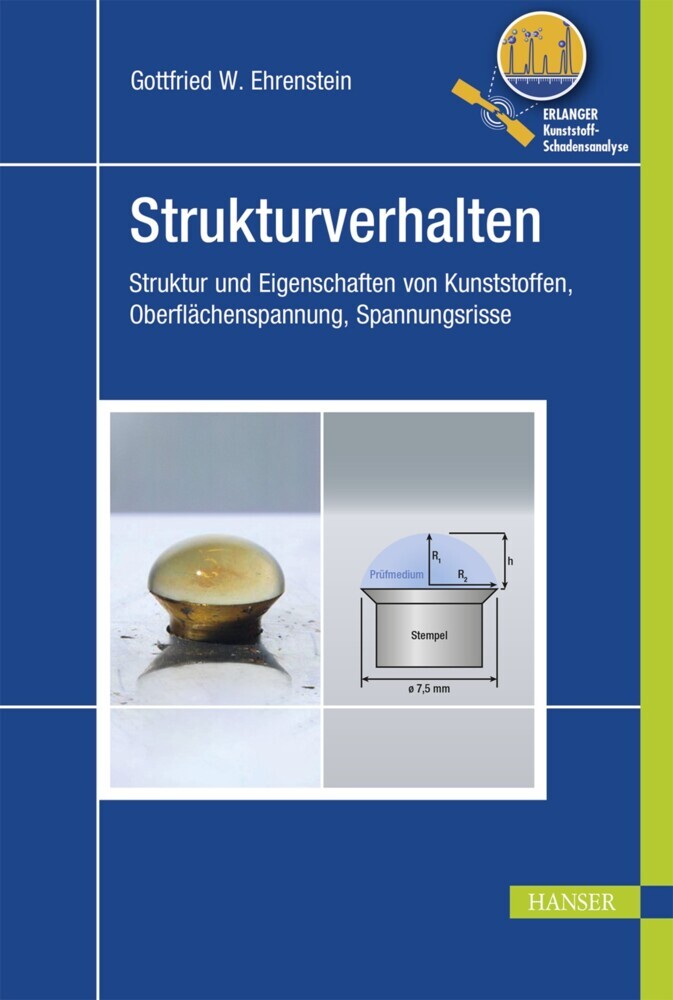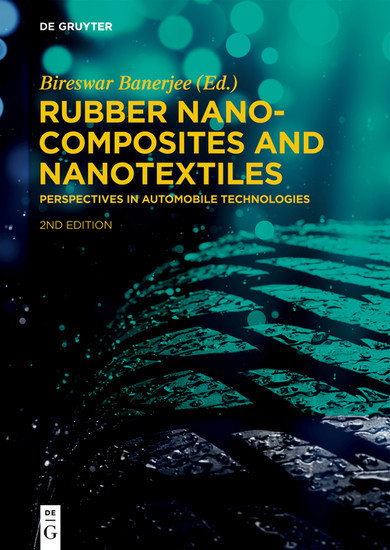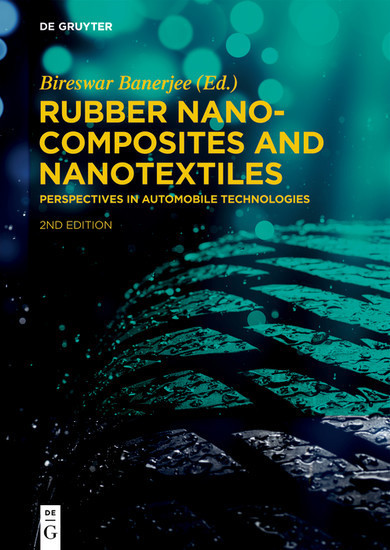Rubber Technology
Compounding and Testing for Performance
Rubber Technology: Compounding and Testing for Performance is a practical guide to cost-effective formulating of rubber compounds to achieve optimal processing and performance. It provides a thorough discussion of the principles of rubber compounding, rubber testing, and how various compound changes will effect different properties and test measurements.
Rubber compounding is discussed as a series of interdependent systems such as the elastomer system, the filler-oil system, the cure system, etc. A holistic approach is used to show how changes in these different systems will affect specific compound properties.
Much attention is given to trade-offs in properties and emphasis is placed on finding the best balance for compound cost, processing properties, and product performance.
Contents:
- Processing Characteristics and Testing
- Compound Performance Characteristics and Testing
- Rubber Compound Economics
- Methodology for Compounding
- Overview of Elastomer Selection
- General Purpose Elastomers and Blend
- Specialty Elastomers and Blends
- Polyurethanes
- Thermoplastic Elastomers
- Recycled Rubber
- Carbon Black and Oil Loadings
- Non-Black Filler Loadings
- Synthetic Plasticizers and Processing Aids
- Sulfur Cure Systems
- Cures for Specialty Elastomers
- Peroxide Cure System
- Resin Cures, Resin Reinforcement, and Resin Tackifiers
- AO Systems
- Adhesion Promoters to Brass / Bronze Coated Substrates
- Blowing Agents
- Flame Retardants
- Mixing
Rubber compounding is discussed as a series of interdependent systems such as the elastomer system, the filler-oil system, the cure system, etc. A holistic approach is used to show how changes in these different systems will affect specific compound properties.
Much attention is given to trade-offs in properties and emphasis is placed on finding the best balance for compound cost, processing properties, and product performance.
Contents:
- Processing Characteristics and Testing
- Compound Performance Characteristics and Testing
- Rubber Compound Economics
- Methodology for Compounding
- Overview of Elastomer Selection
- General Purpose Elastomers and Blend
- Specialty Elastomers and Blends
- Polyurethanes
- Thermoplastic Elastomers
- Recycled Rubber
- Carbon Black and Oil Loadings
- Non-Black Filler Loadings
- Synthetic Plasticizers and Processing Aids
- Sulfur Cure Systems
- Cures for Specialty Elastomers
- Peroxide Cure System
- Resin Cures, Resin Reinforcement, and Resin Tackifiers
- AO Systems
- Adhesion Promoters to Brass / Bronze Coated Substrates
- Blowing Agents
- Flame Retardants
- Mixing
1;Preface;62;Contents;83;Contributers;224;1 Rubber Compounding: Introduction, Definitions, and Available Resources;264.1;1.1 Introduction;264.2;1.2 The Recipe;274.3;1.3. Classification of Rubber Compounding Ingredients;284.4;1.4 Standard Abbreveiations for Compounding Ingredients;294.5;1.5 The Diversity of Rubber Recipes;294.6;1.6 Compatibility of Compounding Ingredients;304.7;1.7 Rubber Compounding Ingredients' Specifications;324.8;1.8 Raw Material Source Books;324.9;1.9 Key Source References for Formulations;344.10;1.10 Technical Organizations;354.11;1.11 Key Technical Journals and Trade Magazines;364.12;1.12 Regurarly Scheduled Technical Conferences;384.12.1;1.12.1 Regurarly Scheduled Courses;384.13;1.13 Web Sites Available;395;2. Compound Processing Characteristics and Testing;425.1;2.1 Introduction;425.2;2.2 Manufacturing Process;425.2.1;2.2.1 Two Roll Mill;425.2.2;2.2.2 Internal Mixers;425.2.3;2.2.3 Further Downstream Processing;445.2.4;2.2.4 Curing Process;455.2.5;2.2.5 Factory Problems;455.3;2.3 Processability Characteristics and Measurements;465.3.1;2.3.1 Viscosity;475.3.2;2.3.2 Shear Thinning;525.3.3;2.3.3 Elasticity;545.3.4;2.3.4 Time to Scorch;585.3.5;2.3.5 Cure Rate;615.3.6;2.3.6 Ultimate State of Cure;645.3.7;2.3.7 Reversion Resistance;655.3.8;2.3.8 Green Strength;665.3.9;2.3.9 Tackiness;675.3.10;2.3.10 Stickiness;675.3.11;2.3.11 Dispersion;675.3.12;2.3.12 Stock Storage Stability;685.3.13;2.3.13 Mis-Compounding;685.3.14;2.3.14 Cellular Rubber Blow Reaction;686;3 Vulcanizate Physical Properties, Performance Charecteristics, and Testing;716.1;3.1 Introduction;716.2;3.2 Density;716.3;3.3. Hardness;726.4;3.4 Tensile Stress-Strain;736.5;3.5 Stress-Strain Properties under Compression;746.6;3.6 Stress Strain Properties under Shear;756.7;3.7 Dynamic Properties;756.8;3.8 Low Temperature Properties;786.8.1;3.8.1 Brittle Point;796.8.2;3.8.2 Gehman Test;796.9;3.9 Stress Relevation, Creep, and Set;806.10;3.10 Permeability (Transmission);826.11;3.11 Cured Adhesion;826.12;3.12 Tear Resistance;836.13;3.13 Degredation Properties;856.13.1;3.13.1 Flex Fatigue Resistance;856.13.2;3.13.2 Heat Resistance;876.13.3;3.13.3 Ozone Resistance;896.13.4;3.13.4 Weathering Resistance;906.13.5;3.13.5 Resitance of Liquids;906.13.6;3.13.6 Abrasion and Wear Resistance;917;4 Rubber Compound Economics;947.1;4.1. Introduction;947.2;4.2. Compound Cost Calculations;947.2.1;4.2.1 Specific Gravity;947.2.2;4.2.2 Cost/lb;957.2.3;4.2.3 Lb-Volume Cost;957.2.4;4.2.4 Part Cost;957.2.5;4.2.5 Conversion Factors for Calculating Part Cost;957.3;4.3 Measuring Specific Gravity (Density);977.4;4.4 Cost Calculations;977.4.1;4.4.1 Base Compound;977.4.2;4.4.2 Same Ingredient Volume and Equal Cost;987.4.3;4.4.3 Low Cost/lb;987.4.4;4.4.4 High Specific Gravity;997.5;4.5 Compound Design and Cost;1007.6;4.6 Reducing Compound Cost;1007.6.1;4.6.1 High-Structure Carbon Blacks;1017.6.2;4.6.2 White Compounds;1017.6.3;4.6.3 Antioxidants/Antiozonants;1017.6.4;4.6.4 Polymer Substitutions;1028;5 The Technical Project Approach to Experimental Design and Compound Development;1118.1;5.1 Introduction;1118.2;5.2 Part 1: Steps in a Technical Project;1138.2.1;5.2.1 Initial Action Required;1138.2.2;5.2.2 Experimental Design;1138.2.3;5.2.3 Conduct Measurements;1208.2.4;5.2.4 Conduct Analysis and Evaluate Preliminary Modell;1218.2.5;5.2.5 Prepare Report;1218.3;5.3 Part 2: Using Experimental Designs;1218.3.1;5.3.1 Screening Designs - Simple Treatment Comparisons;1218.3.2;5.3.2 Screening Designs - Multifactor Experiments;1248.3.3;5.3.3 Exploratory Designs - Multifactor Experiments;1288.3.4;5.3.4 Evaluating the Statistical Significance of Effect Coefficients;1299;6 Elastomer Selection;1509.1;6.1 Overview;1509.1.1;6.1.1 Commodity and General Purpose Elastomers;1509.1.2;6.1.2 High Volume Specialty Elastomers;1559.1.3;6.1.3 Low Volume Specialty Elastomers;1609.1.4;6.1.4 Thermoplastic Elastomers;16410
Dick, John S.
| ISBN | 9783446439733 |
|---|---|
| Artikelnummer | 9783446439733 |
| Medientyp | E-Book - PDF |
| Copyrightjahr | 2014 |
| Verlag | Carl Hanser Fachbuchverlag |
| Umfang | 568 Seiten |
| Sprache | Englisch |
| Kopierschutz | Digitales Wasserzeichen |

